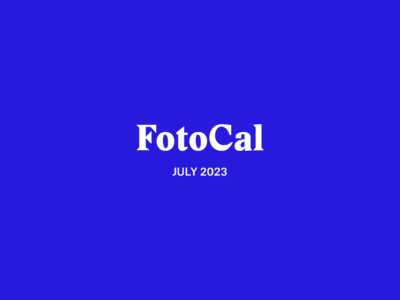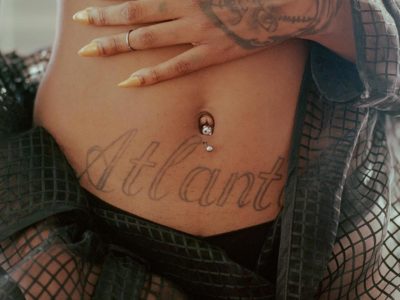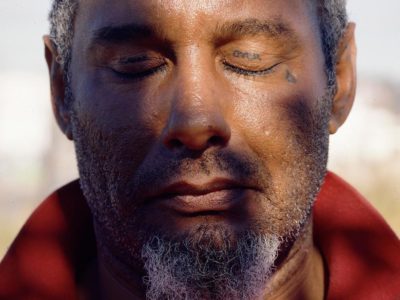Carlos Spottorno’s New Photobook Wealth Management Mocks the Brochures of Private Banks

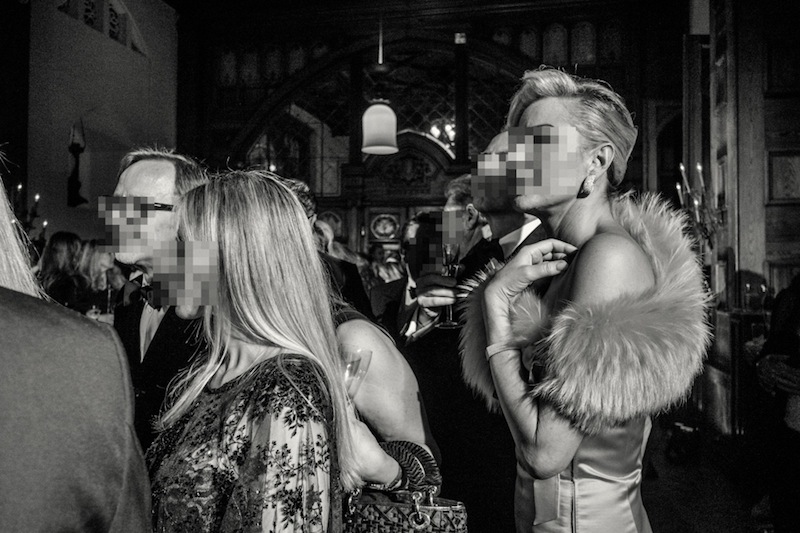


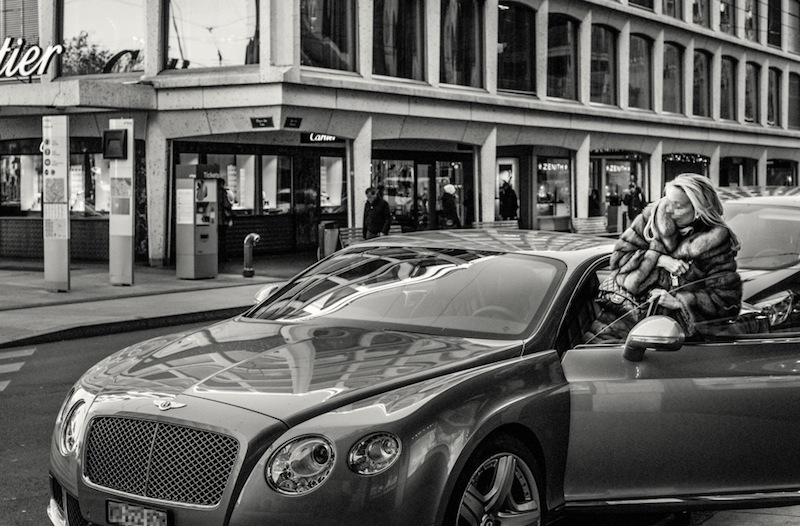
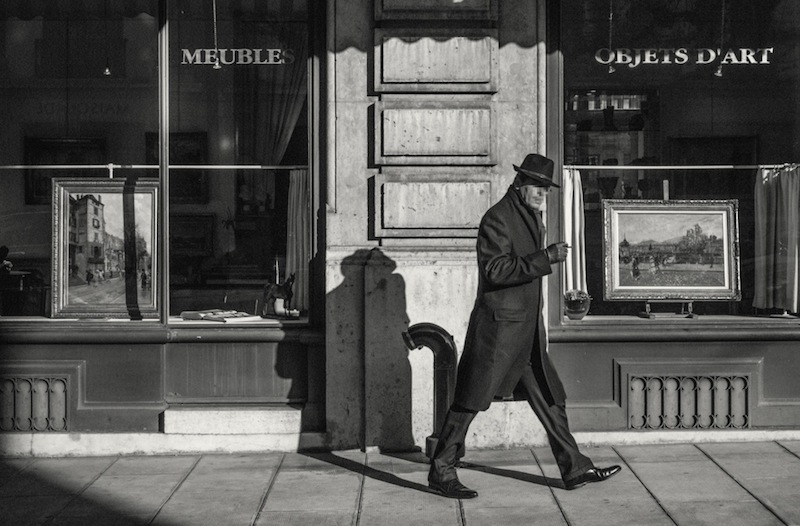
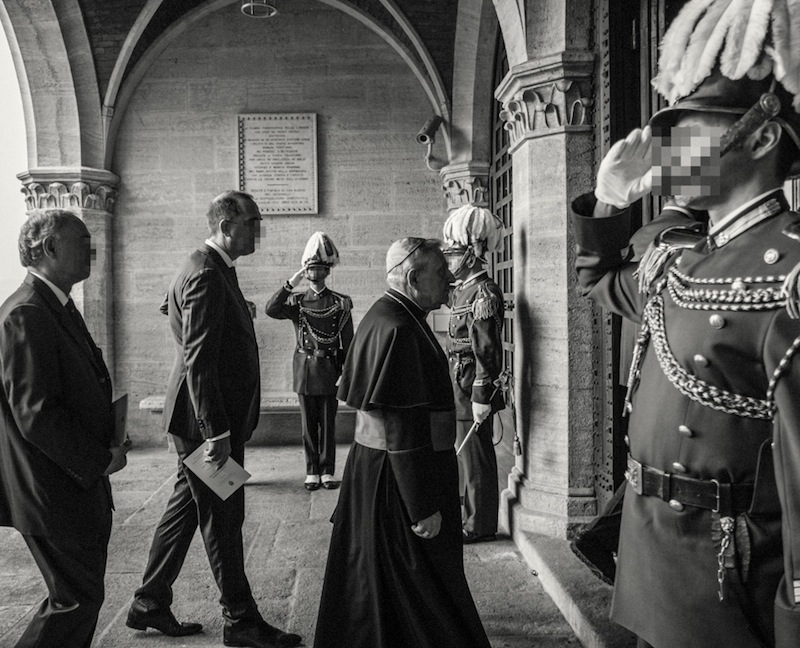
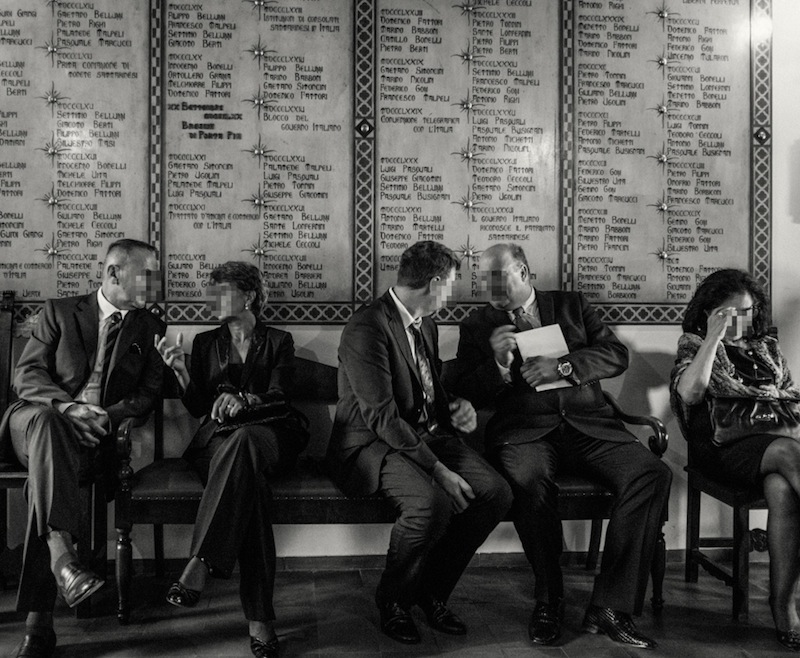
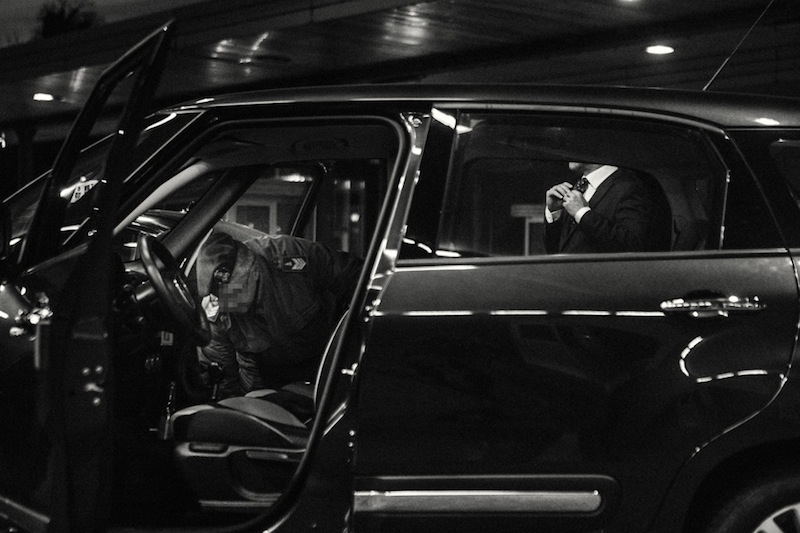

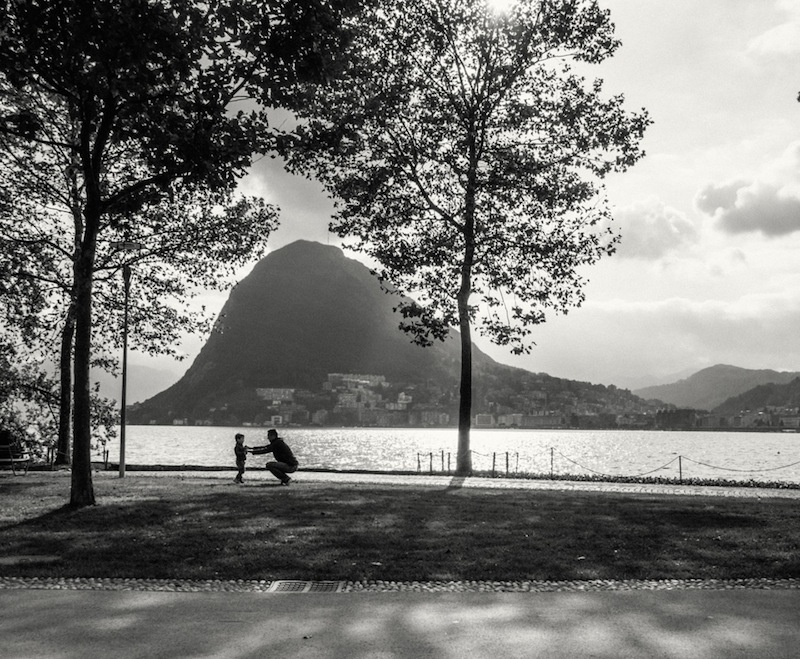
If you are a fan of photobooks, chances are that you’ve heard about Spanish photographer Carlos Spottorno‘s 2013 book The PIGS, which was unanimously considered one of the best of that year. The book parodied in both content and form the British weekly newspaper The Economist, translating in satyrical images and captions the way the financial press was describing four European countries in crisis (the PIGS acronym stands for Portugal, Italy, Greece and Spain).
Carlos is now back with a new photobook called Wealth Management – buy it here – that follows his previous in approaching the matter of economy and finance through a pastiche: the book is the fake brochure of a fake bank inspired by the real advertising publications of private banks promising their clients to protect and increase their wealth.
Hello Carlos, thank you for this interview. What are your main interests as a photographer?
I am interested in issues related to economy, politics and society, just as much as I am interested in aesthetics and the visual dimension of life. I love the surface of photography, but I can’t work unless there’s a story I want to tell. I like to challenge both photojournalism and art photography; I’m intrigued by how the photography language is used in very different ways depending on the goals and audiences.
Your new book Wealth Management takes a look at the world’s rich and the banks that protect their money. First of all, what is wealth management?
The term wealth management refers to a professional service offered by private banks to elite clients, which is the combination of financial advice, fiscal strategy, and legal planning for one fee. With the help of tax havens and the complicity of supranational legal frameworks that allow their existence, the clients of private banks benefit from privileged information and a powerful net of influences operating in a way that their wealth tends to accumulate.
In other words, wealth management is the practice of helping the wealthy to get wealthier while depriving the public treasuries of economic resources that would otherwise derive from tax collecting.
Like your previous, award-winning photobook The PIGS was a pastiche of the weekly newspaper The Economist, Wealth Management reads like a publication advertising the services of a fake bank you made up, the WTF Bank. Where does your inclination to satire come from?
There are two main sources: first I was brought up in an environment of scepticism and permanent sarcasm. My parents were both ultra-critical about any matter, and I am almost totally incapable of believing in anything. I can’t embrace any ideology or a perspective about life without being also very aware of the side we don’t see easily.
The second source is my background as a publicist. I was a creative in a huge advertising agency for 6 years, and again, satire, irony and double meanings were omnipresent not only as a product, but as the main way to relate to my colleagues.
The Wealth Management book looks more concerned with the typical visual communications of the bank sector than making a political statement against banks. What was your intent in creating this work?
I am not a judge or a police officer, so I don’t make direct political statements. What I try to do is to present things in a way that the readers build their own opinions. When you read in my book that “it is not within our duties to thoroughly verify the ultimate source of your wealth” or that “we are directly involved with the institutions in charge of developing the international financial and fiscal regulatory frameworks” I hope that you will think about what that means, and why they are not saying simply “we will accept your money even if it comes from criminal activity” or “we have people inside the governments“.
I’m interested in understanding how banks have created a language that makes them look a lot more serious than I think they really are. My images for this work are a makeup-less version of the imagery you would find in a top private bank brochure. It also evolves from more image-bank-like in the beginning of the book, towards a more and more rough imagery.
You certainly had a look at the advertising materials of many banks before working on Wealth Management. How would you define the photographic component of modern-day bank communications? What main patterns recur?
It’s very often about enjoying life with exclusivity: polo, yatching, a dinner in Venice, and so on. They will often show relaxed people showing family values, and elegance. They will show a 50 years old man driving a Porsche Carrera, but it will be a classic model from the 60’s. Ferraris are more for nouveau riche. You will also find people at work, but in amazing offices, relaxed and always in good positions. The private banks are for owners, not for employees. You will find very often black and white imagery, because it emanates timelessness and class.
Why are some faces in several photos pixeled out?
In most cases I have no idea who the people in my photos are, so I might be being unfair suggesting that this or that person is involved in financial activity, while they might not be related at all with the subject. This lead me to think I could find troubles if I was unlucky enough to include the wrong person in my book. Someone who was involved in such matters and had the will and the money to sue me. So I tried different ways of protecting them and myself, and I found that the pixels solution was a lot better than expected. It makes everyone in the picture look guilty, and that fits perfectly in my story.
Also, my book is about hiding money and identities. The ultimate luxury is to be invisible, inaccesible, and therefore unvulnerable. On a different level, the idea of me being so terrified to being sued by a powerful banker made me think about what power really is: making your adversary refrain from attacking simply by the fear of being destroyed with superior weapons.
In presenting the book, you pose the question: “If given chance to be part of that privileged layer of society, would any of us be willing to redristribute our wealth, or would we simply tap our nose and play the game?“. What would you do?
Most of us are already doing both things in a small scale. We are being fair by working hard and paying our taxes, but on the other hand we know that our well being can only be sustained because there is an enormous part of the world that is being exploited to our benefit. We know that, but we don’t do much about it.
You have a very creative approach to photobook making – what advices can you give to other photographers on thinking outside the box?
I know this sounds like a cliché, but I really would insist on letting your real personality work for you. Find a subject you talk about for hours just because you like it, and work on that. Then identify your assets, that thing that belongs only to you and follow that path. For me it was accepting my advertising background and letting it permeate into my documentary stories. When I realised that my experience in advertising was my number one asset in bookmaking, things started to move very smooth, and suddenly everything was clear to me.
Who are some of your favorite contemporary photographers?
I like very much the way Rob Hornstra understands documentary photography. Donald Weber is a great photographer, but even a better philosopher. Yann Mingard is so thoughtful and precise… I envy his capacity of producing incredibly serious books.
I also like Paolo Woods – I think I share something with him.
Do you have any other passion beside photography?
I love nature. Not in a sporty way, though I do some cycling. I just love to be in a quiet place listening to my own feet crashing the earth, or to be more precise, crashing snow. I went to Antarctica once, and I dream to go back as soon as possible.
Choose your #threewordsforphotography.
Reading. Harmony. Experience.
Keep looking...
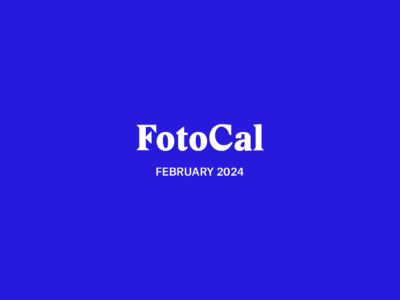
FotoCal — Photography Awards, Grants and Open Calls Closing in February 2024
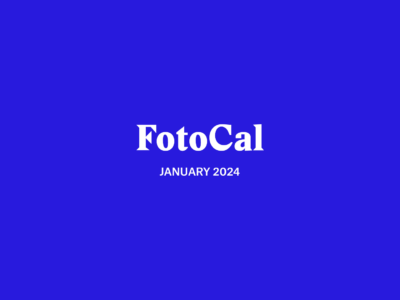
FotoCal — Photography Awards, Grants and Open Calls Closing in January 2024
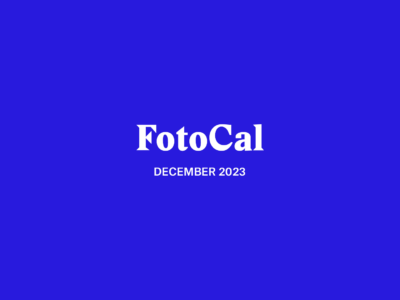
FotoCal — Photography Awards, Grants and Open Calls Closing in December 2023

FotoCal — Photography Awards, Grants and Open Calls Closing in November 2023
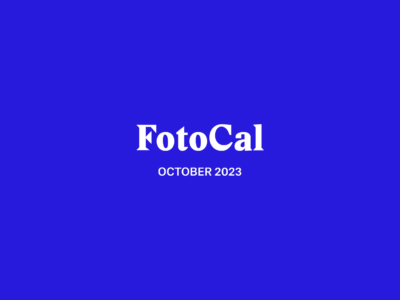
FotoCal — Photography Awards, Grants and Open Calls Closing in October 2023
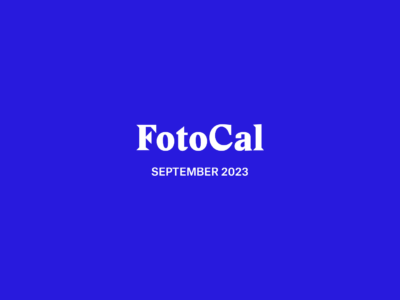
FotoCal — Photography Awards, Grants and Open Calls Closing in September 2023

FotoCal — Photography Awards, Grants and Open Calls Closing in August 2023
